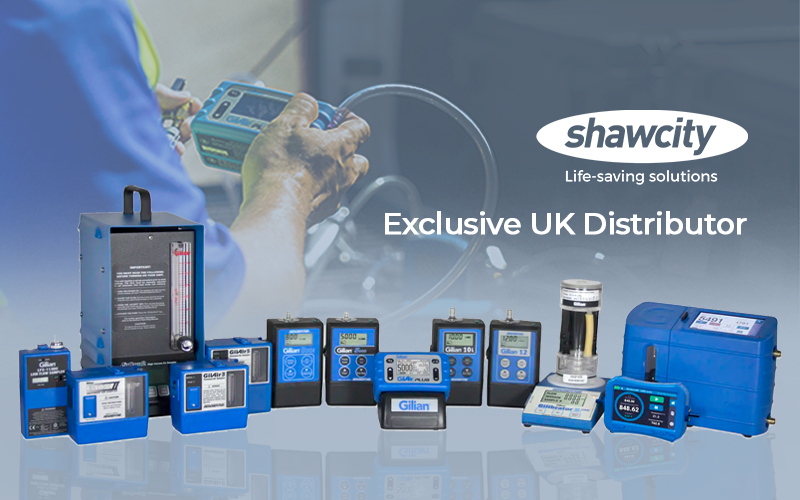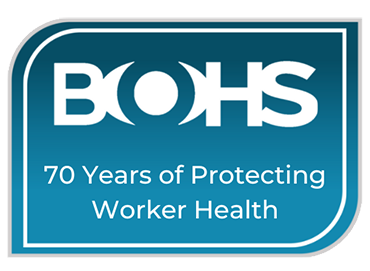What is a fixed gas detection system?
Fixed gas detection systems are permanent installations designed to provide continuous monitoring of gas levels in a wide range of environments, from commercial premises through to heavy industrial applications. These can include breweries, automotive environments, waste control centres, multi storey car parks, chilled plant rooms, packaging, manufacturing and petro-chemical processes. Gas detection systems are designed to alert workers to potential dangers including toxic gas exposure, oxygen depletion/enrichment or an explosive risk caused by the presence of combustible gases.
A fixed gas detection system is comprised of four main components:
1. Gas Sensors
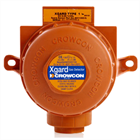
These are installed within an area to detect and monitor toxic, asphyxiant or explosive gas levels. Sensors continuously monitor the atmosphere and relay information back to a control panel. Many gas sensors are ATEX approved, meaning they are intrinsically safe and can be installed in a potentially explosive environment. Some gas sensors are designed to detect multiple gases, offering comprehensive protection suitable for any application.
2. Control Panels
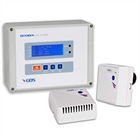
Control panels receive signals back from the gas sensors and display the readings on a display screen. Many controllers can be configured to read information from numerous gas sensors simultaneously and are usually mounted within a safe area for quick and easy access in an emergency.
3. Sampling Systems
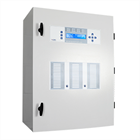
A sampling system is designed to take a sample of gas at a specific location and are generally used in situations where the positioning of conventional gas sensors may not be practical. Restrictions may be due to issues with cable routing, access for detector head installation/maintenance or underground or high-level voids, for example.
4. Alarms
![]()
The alarm within a fixed gas system alerts workers of potential danger. Alarms can be audible and visual, showing warning lights for high, medium and low gas exposure levels. A ‘Safe/Not Safe’ indication will also be displayed on the connected control panel or mimic panels and displays.
What are the benefits of a fixed gas system?
Installing a fixed gas detection system has numerous benefits. Not only do they provide real-time continuous protection, they are cost-effective and low maintenance and can be tailored to meet very specific needs and environments.
Complete protection
Many fixed gas systems can be connected into existing management control and safety systems across a site. Alongside gas detection, relays can be activated to perform several functions including closing electronic valves, opening/closing of ventilation systems and exhaust fans, as well as activating visual and audible alarms.
Bespoke installation
Most often, fixed systems are bespoke. Completing a comprehensive site survey before installing a fixed system helps to optimise the system performance whilst ensuring the logistics of the installation run smoothly.
Continuous monitoring
Fixed gas systems provide 24/7 continuous monitoring of an environment. Even when an area is unmanned, it is vital to monitor toxic atmospheric levels so workers can be sure it is safe to enter. Accurate, round the clock monitoring provides peace of mind for workers and enables employers to control on-site safety risks.
What are the environmental benefits of installing a fixed gas system?
Fixed gas detection systems can be installed inside and outside. Industries predominantly based outside such as sewage plants, waste storage yards and marine facilities are not only monitoring gas levels to ensure a safe working environment for staff, but they are also measuring gas levels exhausted to the atmosphere. Installing a fixed system ensures companies are compliant with environmental exposure limits by reducing pollution to the surrounding area.
Utilising datalogging and remote management
There are options available to remotely monitor fixed gas systems, using connectivity platforms such as Netbiter. Once a fixed system is connected using cellular 3G or ethernet network, data trends and reports can be accessed remotely and securely on any device. The customisable online dashboards allow users to configure alarms as required, manage assets in multiple locations and easily deploy large scale installations.
When should you calibrate a fixed gas system?
In terms of ongoing maintenance, it is normally recommended that a fixed gas system should be calibrated every six months. Fixed gas systems require regular servicing to ensure all components are performing accurately.
Service plans offer various levels of support including emergency call-outs and telephone advice. Having this type of cover in place is not only cost-effective, but it ensures a safe and efficient ongoing maintenance programme has already been budgeted for.
Shawcity provides a flexible range of fixed-point detectors. We can design, commission, install and service standard and bespoke systems to suit every requirement.
Contact us for further information on our fixed gas detection systems and manufacturing partners.
Tel: 01367 899418 solutions@shawcity.co.uk
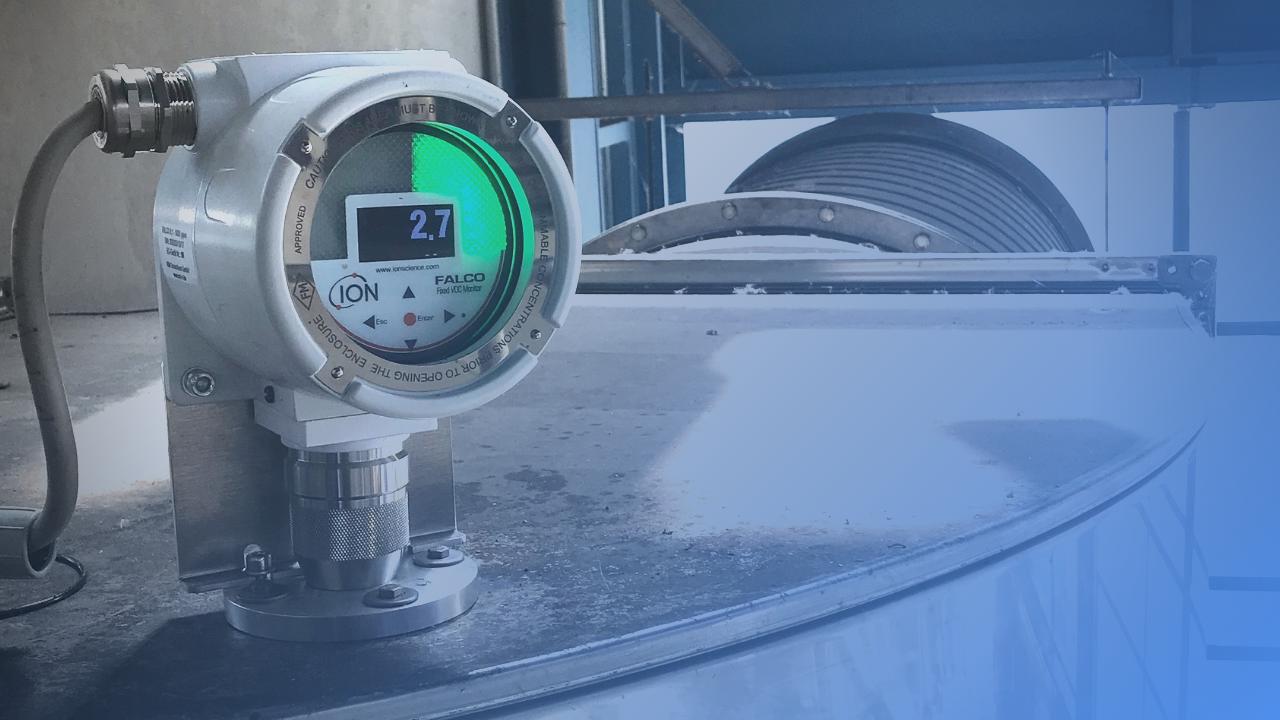
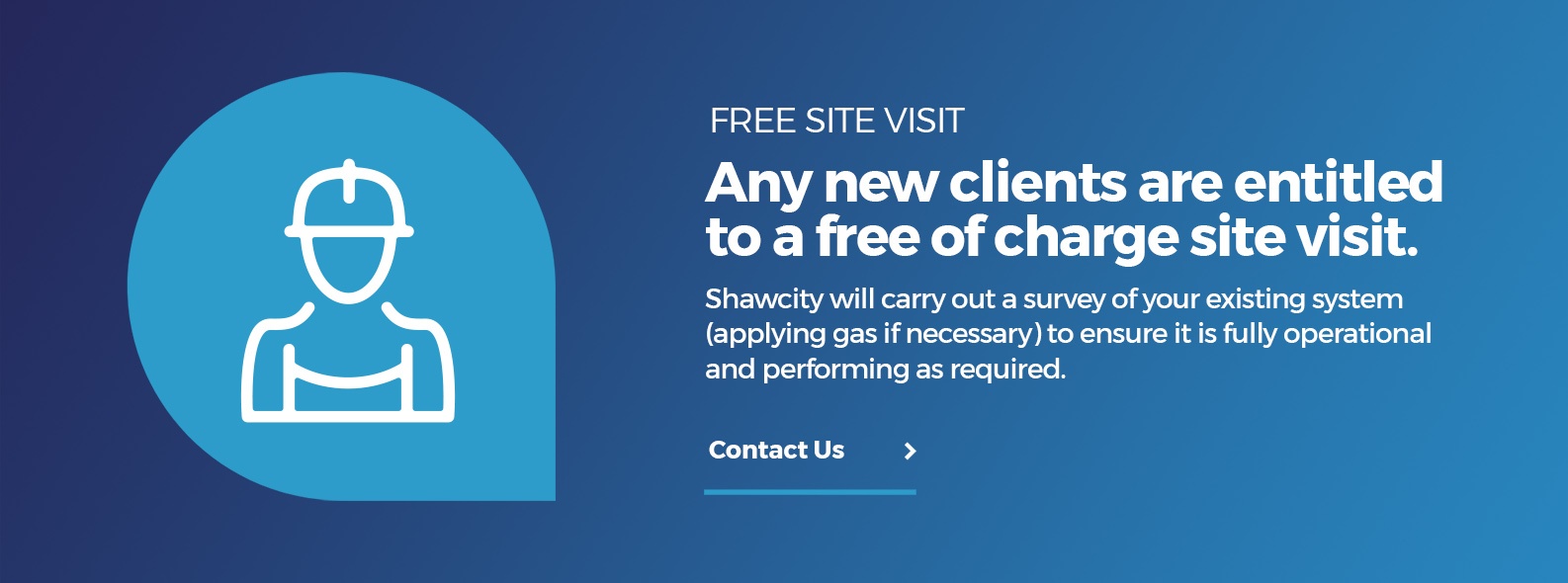
-1.png)

